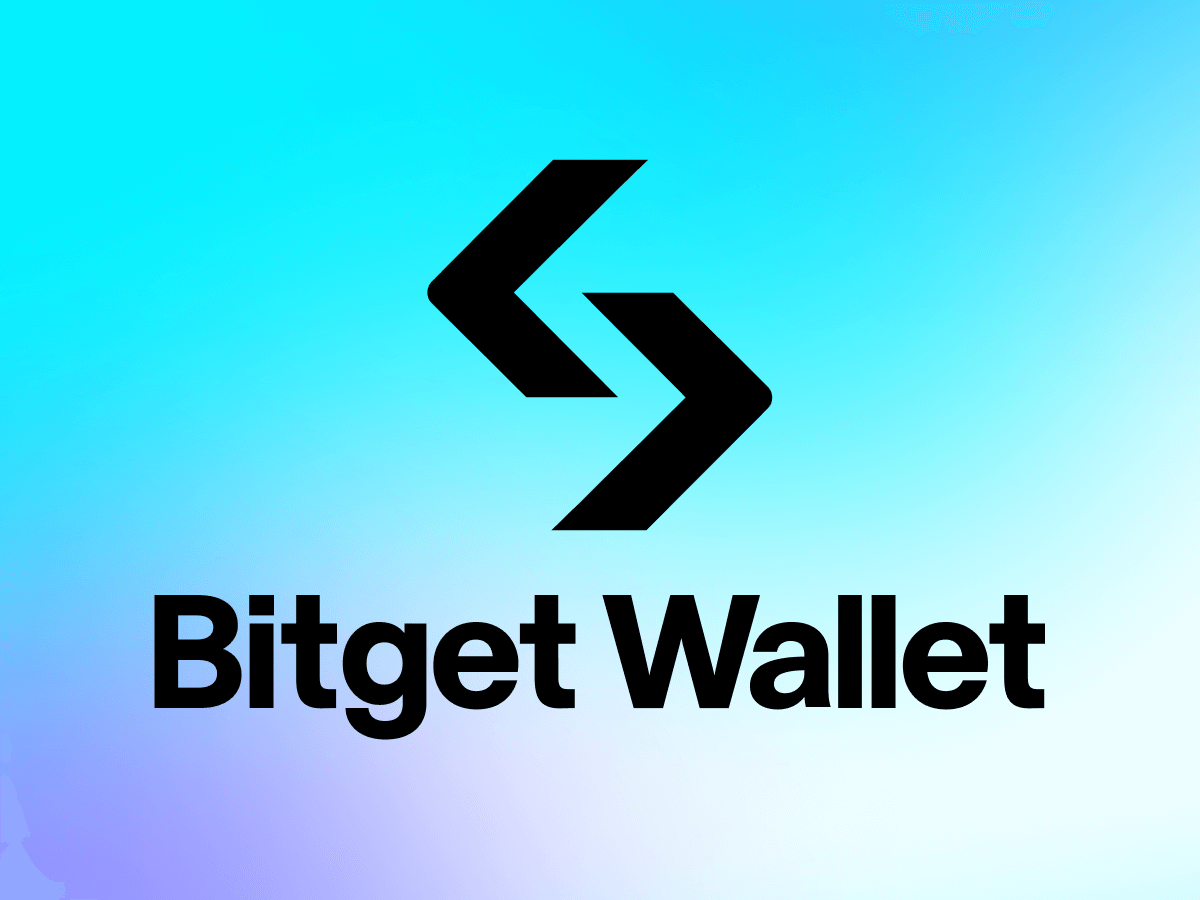Whoa! This topic bites in all sorts of directions. Seriously? Yes — and here’s why it matters to you if you’re active in the Bitget ecosystem or use the bitget wallet. I’m biased toward practical tools and clear trade-offs. My instinct said “keep it simple,” but the crypto world rarely allows that, so we’ll map out the terrain with some grit.
Okay, so check this out—staking seems like free money at first glance. Many platforms advertise APYs that glitter. But rewards aren’t just yield; they’re a cocktail of lock-up terms, inflation mechanics, and network-specific risks. On one hand staking secures networks and earns passive returns; on the other hand, slashing, unstaking delays, and token inflation quietly eat value over time. Initially I thought high APY meant automatic win, but after watching protocol resets, market drawdowns, and fee squeezes, I changed my tune. I’m not 100% sure about any given model—no one is—but some patterns are obvious.

What staking rewards really are
Staking rewards are incentive payments. They come from block rewards, transaction fees, or inflationary token issuance. Short version: you lend your tokens to the network (or lock them up) to help validate blocks, and earn more tokens in return. But here’s what bugs me about the marketing—APY is often shown in isolation. You need to ask: which token pays the reward? Is the yield compounded automatically? What are the lock-up and unbonding windows? Those details change the math dramatically.
For example, a 12% APY in a token that’s inflating at 15% is a losing proposition in nominal terms. That’s math, plain and simple. Hmm… and then there are protocol-level risks. Some chains penalize validators for downtime or misbehavior by slashing a portion of your stake. Yup—your reward can instantly flip to loss if a validator slips up. The simplest guardrail is diversification across validators and using trusted staking services when you can’t run a validator yourself.
Practical tip: treat staking as a portfolio decision, not a savings account. Short-term liquidity needs should not be staked. If you need access to funds within days, staking’s lock-up features will cause grief. Also, consider tax implications—staking rewards can be taxable when received in many jurisdictions. I’m not a tax pro, but don’t ignore that part.
Copy trading—why people love it, and when it goes sideways
Copy trading is seductive. Follow a pro, mirror trades, ride their success. Sounds easy. It is easy—until it’s not. Copy trading can amplify returns when markets trend and the lead trader has robust risk controls. But replication does not equal understanding. If the leader uses huge leverage, or holds concentrated positions, your account will feel it. Seriously? Absolutely.
I’ve mirrored traders who looked invincible for months until volatility arrived. The surprise usually wasn’t strategy failure alone; it was leverage, position sizing, and poor risk management. That’s why vetting matters. Look at the leader’s drawdown history, not just returns. Look at their win-rate, average loss size, maximum drawdown, and how often they trade. Also ask: will their trades be executed at the same entry and exit prices as yours? Slippage and liquidity are real-world issues often glossed over in marketing materials.
Another real-world detail: social and behavioral biases. Followers tend to pile into shiny performers, creating crowded trades. That’s a systemic risk—if many copiers are forced to exit simultaneously, liquidity evaporates and losses compound. So diversify across strategies if you rely on copy trading as a core approach. I like blending trend-following leaders with more conservative portfolio managers. It’s not perfect, but it reduces single-point failure risk.
Cross-chain bridges: convenience with caveats
Cross-chain bridges let you move assets between networks. That capability unlocks DeFi opportunities and better capital efficiency. But bridges are complex systems that interact with smart contracts, relayers, and custodial components. This complexity is a security surface area. In practice, that means vulnerabilities. The headlines from the last few years are instructive: many large bridge losses happened not because the tokens themselves were flawed, but because a relay, multisig, or contract module was exploited.
What to watch for: trust assumptions. Is the bridge custodial or trustless? Who controls the private keys? Are there timelocks, multisigs, or decentralized validator sets, and how transparent are they? Also, read the whitepaper and audits—yes, audits help but they are not a panacea. No audit means higher risk. Even audited code can be exploited through orchestration or economic manipulation. So weigh your expected gain against the probability of loss; if the bridge fee and yield don’t justify a non-trivial breach risk, skip it.
Oh, and interoperability UX still stinks sometimes. Chains have different token standards, and wrapped assets can introduce counterparty risk. If you move high-value funds, consider using well-established bridges with solid on-chain verification and multisig backup. Or keep the funds in a self-custodial wallet until you truly need to bridge them.
How these three interact in the Bitget ecosystem
Bitget users have real options—staking, copy trading, and bridging are all part of the menu. But combining them multiplies complexity. Staking native tokens on one chain, then bridging wrapped versions to another chain to participate in a yield farm is a common pattern. It can be lucrative, or it can be a chain of single points of failure. You need to understand each link. Each step adds technical risk and time delays, which matter in volatile markets.
For Bitget-specific flows, use trusted on-ramps and keep your keys and account security tight. If you use any custodial or exchange staking products, confirm the custody model and redemption terms. If you’re prefering non-custodial control, then the bitget wallet can be part of your toolkit—just make sure you know whether you’re using it for custody, bridging, or as a hot wallet for copy trading.
FAQ
Can staking be considered risk-free passive income?
No. While staking can produce steady rewards, it’s not risk-free. Risks include token inflation, slashing, lock-up periods, and protocol vulnerabilities. Evaluate the tokenomics and operational risks before locking funds.
Is copy trading a good strategy for beginners?
It can accelerate learning and returns, but it’s not a substitute for understanding markets. Start with small allocation, vet traders by drawdown and consistency, and diversify across strategies.
Are all bridges equally safe?
Absolutely not. Bridges differ by design, trust model, and operator transparency. Prefer those with decentralized verification, strong audits, and a history of reliable operation. Even then, only move what you can afford to risk.

 FOOTBALL5 days ago
FOOTBALL5 days ago
 FOOTBALL1 week ago
FOOTBALL1 week ago
 FOOTBALL1 week ago
FOOTBALL1 week ago
 FOOTBALL5 days ago
FOOTBALL5 days ago
 BASKETBALL1 week ago
BASKETBALL1 week ago
 FOOTBALL2 weeks ago
FOOTBALL2 weeks ago
 FOOTBALL1 week ago
FOOTBALL1 week ago
 FOOTBALL7 days ago
FOOTBALL7 days ago







